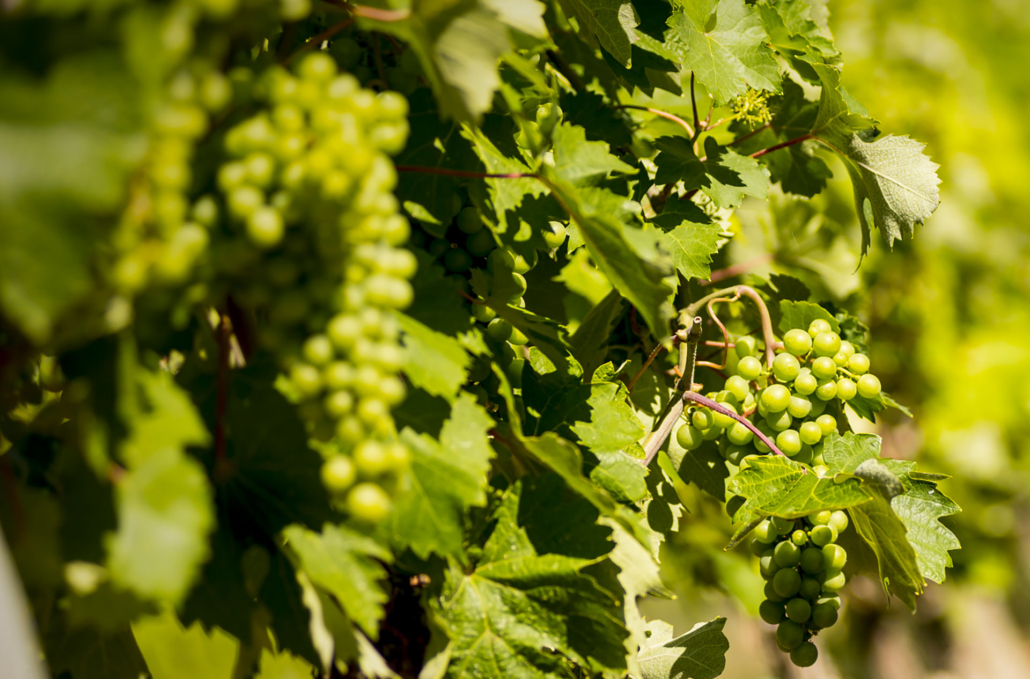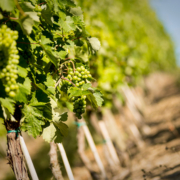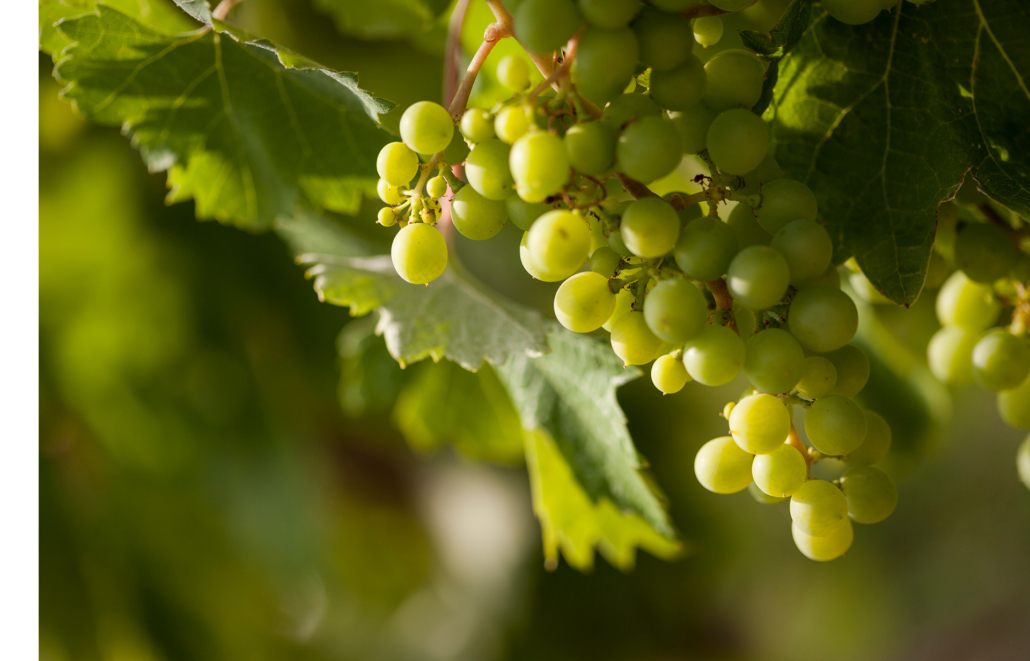The harvest Tenuta Montemagno 2023
Article written in collaboration with Roberto Nantiat and Gianfranco Cordero, winemakers of Tenuta Montemagno
It was already understood since last 2022 that this would be a particular year for the cultivation and harvest of the 2023 grapes, remembered as a difficult year due to the extreme drought which compromised part of the vineyards, forcing some wineries to intervene on the plants and replant the cuttings in order to recover, in future years, what water scarcity has caused. But despite these warning signals, 2023 was able to surprise us again, for a strong variability of the climatic conditions that affected the cultivation starting from the winter and which continued until the summer.
Let’s summarize the situation with Roberto Nantiat the winemaker who, with Gianfranco Cordero, follows the works at Tenuta Montemagno, to understand the trend of 2023, with a focus on the harvest just terminated and on what the wines resulting from this harvest will be like.
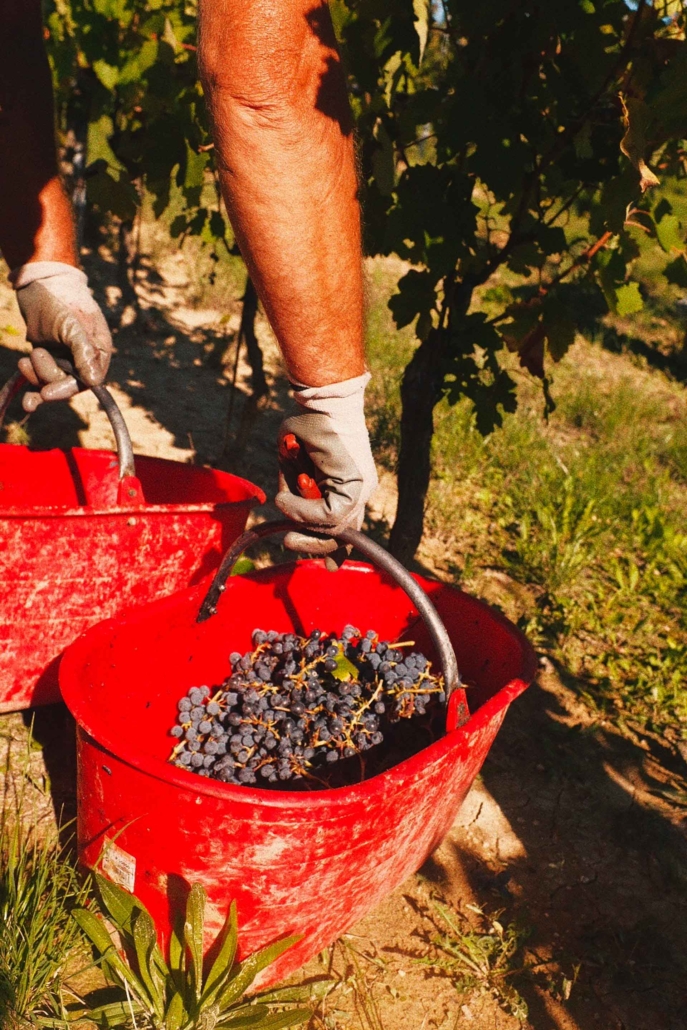
“This is a particular vintage” Roberto says “but we could already understand it from how spring and summer were; from an extreme period of drought we moved to a semi-resolution during the months of June and early July, to return to another situation of stress due to the high temperatures reached from the beginning to mid-August”.
During this period, for about two weeks, the thermometer marked 40°/45° C with average night-time values always above 30° C. The effect on the plants was the blocking of photosynthesis and therefore the ripening of bunches. So on August 22nd, ahead of the traditional calendar, the Sauvignon harvest began.
“We decided to race against time to prevent these grapes, which are very sensitive to climatic conditions, from burning. Sauvignon, in fact, due to the strong heat can “burn” and produce oxidation which, in turn, could lead to a loss of those aromas that are very important for the varietal”.
The choice to carry out an early harvest was also dictated by the desire to maintain a good quality of the grapes, to the detriment of the volumes harvested.

“At the end of August we had three days of heavy rain”, Roberto continues. “This restored the water balance of the plants. The grapes have started to swell again, the ripening has resumed its course, and the vegetation has therefore also regained the natural colour of the period; from a green with a rather dull brightness it returned to a beautiful dark green, a signal indicating the resumption of photosynthesis”.
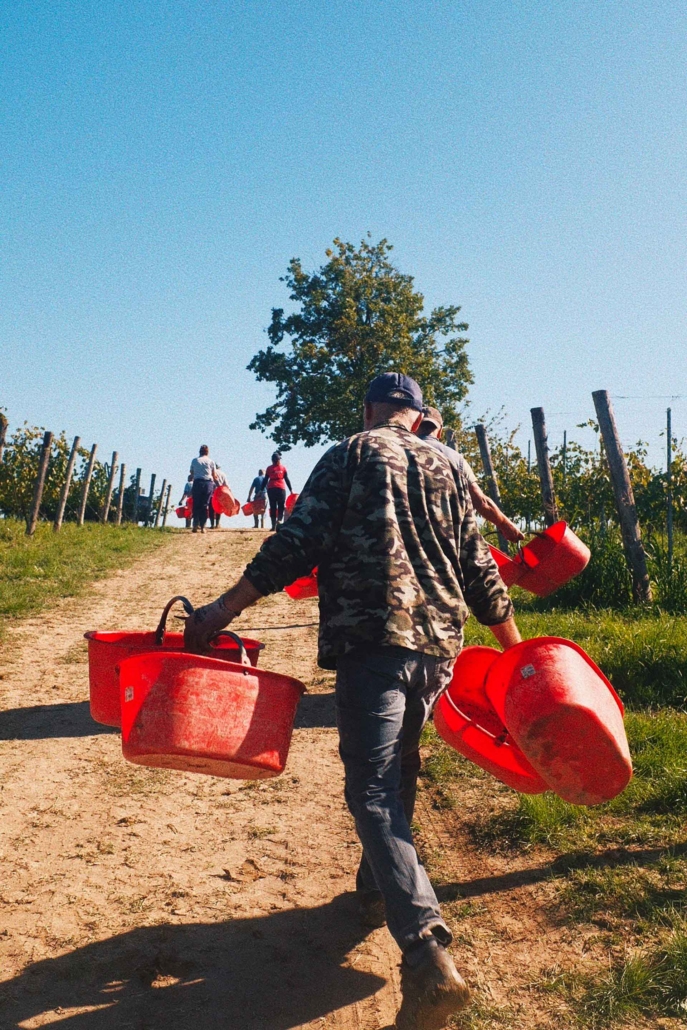
From that moment on, the harvest resumed, first with Barbera grapes for the vinification of TM Brut and then with Syrah, used for the Violae label (blend of Syrah and Barbera). Syrah vinification shows a particularly intense colour, an interesting structure and, therefore, a good concentration.
During the month of September the harvest continued with the Timorasso, which reached perfect ripeness thanks to the heavy rains at the end of August, used for Solis Vis, and Nymphae.
“Now (mid-September, ed.), we are harvesting the Barbera grapes, destined for the vinification of the Austerum reds and Mysterium, that are offering the same quality as always with greater softness and freshness. Soon we will continue with the Ruchè grapes for Nobilis, while the harvest for Invictus, the Ruché made with a late harvest, will occur two weeks later”.
Summing up the 2023 harvest of Tenuta Montemagno, we can therefore state that it is characterized by reduced volumes, good quality of the harvested bunches and excellent conditions for winemaking.




